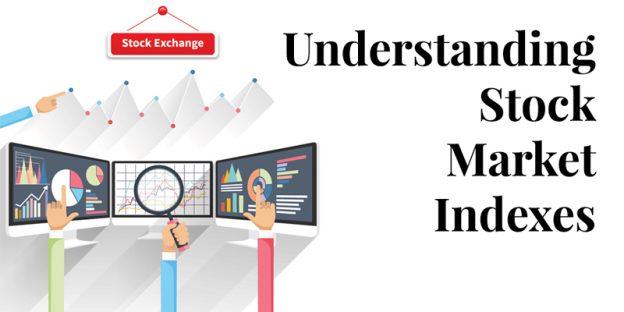If you’re a grandparent, maintaining a strong connection with your grandchildren is important, but that may become harder over the years as they leave for college or become busier building their careers and families. While they’re just starting out financially, you have a lifetime of experience. Although you’re at opposite ends of the spectrum, you have more in common than you think. Focusing on what you can learn together and what you can teach each other about financial matters may help you see that you’re not that different after all.
 1. Saving toward a financial goal
1. Saving toward a financial goal
When your grandchildren were young, you may have encouraged them to save by giving them spare change for their piggy banks or slipping a check into their birthday cards. Now that they’re older, they may have trouble saving for the future when they’re focused on paying bills. They may want and need advice, but may not be comfortable asking for it. You’re in a good position to share what experience has taught you about balancing priorities, which may include saving for short-term goals such as a home down payment and long-term goals such as retirement. You’ll also learn something about what’s important to them in the process.
You may even be willing and able to give money to your grandchildren to help them target their goals. While you can generally give up to $14,000 per person per year without being subject to gift tax rules, you may want to explore the idea of offering matching funds instead of making an outright gift. For example, for every dollar your grandchild is able to save toward a specific goal, you match it, up to whatever limit you decide to set. But avoid giving too much. No matter how generous you want to be, you should prioritize your own retirement.
2. Weathering market ups and downs
Your grandchildren are just starting out as investors, while you have likely been in the market for many years and lived through more than one challenging economic climate. When you’re constantly barraged by market news, it’s easy to become too focused on short-term results; however, the longer-term picture is also important. As the market goes up, novice investors may become overly enthusiastic, but when the market goes down they may become overly discouraged, which can lead to poor decisions about buying and selling. Sharing your perspective on the historical performance of the market and your own portfolio may help them learn to avoid making decisions based on emotion. Focusing on fundamentals such as asset allocation, diversification, and tolerance for risk can remind you both of the wisdom of having a plan in place to help you weather stormy market conditions.
Note: Asset allocation and diversification do not guarantee a profit or protect against investment loss. Past performance is no guarantee of future results.
3. Using technology wisely
Some people avoid the newest technology because they think the learning curve will be steep. That’s where your grandchildren can help. With their intuitive understanding of technology, they can introduce you to the latest and greatest financial apps and opportunities, including those that may help you manage your financial accounts online, pay your bills, track investments, and stay in touch with professionals.
Unfortunately, as the use of technology has grown, so have scams that target individuals young and old. Your grandchildren might know a lot about using technology, but you have the experience to know that even financially savvy individuals are vulnerable. Consider making a pact with your grandchildren that if you are asked for financial information over the phone, via email, or online (including account or Social Security numbers); asked to invest in something that promises fast profits; or contacted by a person or business asking for money, you will discuss it with each other and with a trusted professional before taking action.
4. Giving back
Another thing you and your grandchildren might have in common is that you want to make the world a better place.
Perhaps you are even passionate about the same special causes. If you live in the same area, you might be able to volunteer together in your community, using your time and talents to improve the lives of others. But if not, there are plenty of ways you can give back together. For example, you might donate to a favorite charity, or even find the time to take a “volunteer vacation.” Traveling together can be an enjoyable way for you and your grandchildren to bond while you meet other people across the country or globe who share your enthusiasm. Many vacations don’t require experience, just a willingness to help–and learn–something you and your grandchildren can do together.
Important Disclosure











